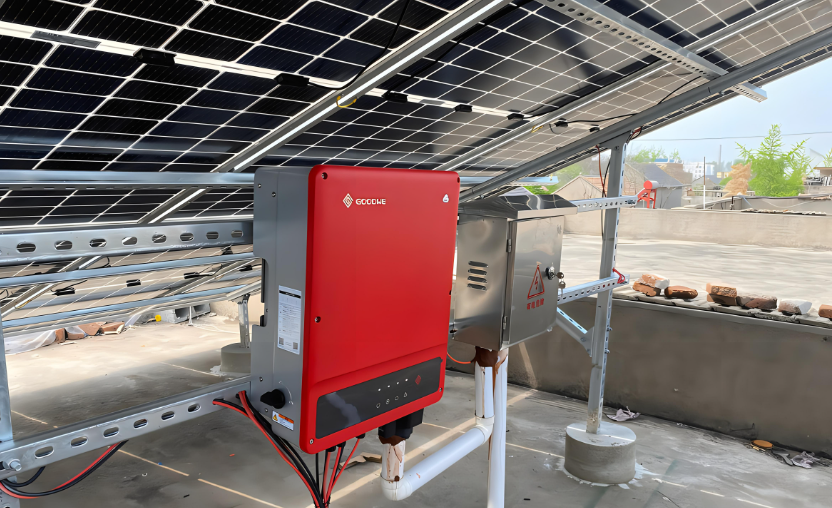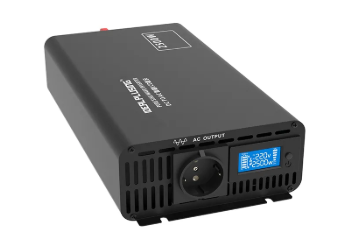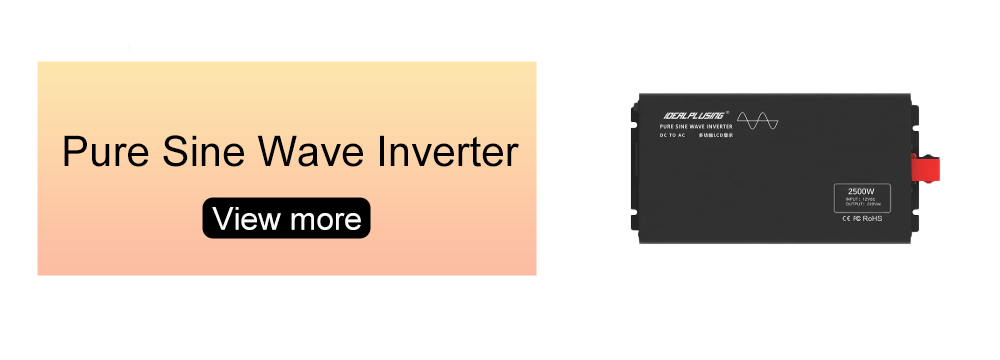In today's era of pursuing green energy and efficient power, we often focus on photovoltaic panels or powerful battery packs, but easily overlook an inconspicuous but crucial device - the inverter, as an important device for converting DC electricity into AC electricity, occupies an indispensable position in modern power electronic systems. Its application range is very wide, from consumer electronics to industrial equipment, from electric vehicles to photovoltaic power generation systems, inverters play a crucial role.
To understand the importance of inverters, it is first necessary to recognize the two basic forms of power applications: direct current and alternating current. Direct current is commonly found in batteries, solar panels, and various low-voltage power consumption scenarios. AC power is the standard system for power grid transmission and the vast majority of industrial and household appliances, and has become the cornerstone of modern power systems due to its ease of transformation and long-distance transmission. There are fundamental application barriers between these two forms of electrical energy, and they cannot be directly interconnected. The core function of an inverter is to achieve efficient conversion between these two forms of electrical energy. It can convert the direct current generated by solar panels or the direct current stored in batteries into alternating current that meets grid standards. This conversion process enables the integration of new energy generation into the existing power grid and provides a solution for power conversion for off grid applications. Essentially, inverters serve as a bridge between new energy and traditional electrical equipment, and are key devices for achieving efficient energy utilization.If there is no inverter, even if more DC power is generated, it cannot supply power to most AC electrical appliances, and the application of new energy will be greatly limited.

However, the role of inverters goes far beyond simple current conversion. Modern inverters have developed into highly intelligent power control centers. For example, in photovoltaic systems, it can optimize the output of solar panels in real time through maximum power point tracking technology, ensuring that the maximum energy is captured under any lighting conditions; When delivering electricity to the grid, it must also precisely regulate voltage, frequency, and phase to achieve seamless grid connection. In addition, today's inverters also integrate real-time monitoring, data communication, and fault diagnosis functions. Users can clearly grasp the power generation status through mobile applications, making energy management intuitive and efficient.
The application scenarios of inverters are extremely wide, covering almost all energy conversion processes. In residential and commercial photovoltaic power plants, it is the core equipment for converting solar energy into usable electricity. In the field of new energy vehicles, inverters play the role of the heart of the electric drive system, converting the DC energy in the battery into AC power to drive the motor, while efficiently processing and recovering braking energy. From uninterruptible power supplies to household variable frequency appliances, from camping equipment to industrial variable frequency drives, inverter technology silently and firmly supports the operation of modern society.
Faced with different demands, inverters have also developed various types. Grid connected inverters are specifically designed for photovoltaic systems connected to the power grid, while off grid inverters are suitable for independently operating power generation systems. Micro inverters are optimized separately for each photovoltaic module to improve the overall efficiency of the system, especially suitable for roofs with complex lighting conditions. The hybrid inverter integrates photovoltaic control and energy storage management functions, becoming the hub of home smart energy systems, further promoting the process of energy self-sufficiency and efficient utilization.

Looking ahead to the future, inverter technology is still moving towards greater efficiency and intelligence. The application of new semiconductor materials such as silicon carbide continues to break through the limits of efficiency and volume, while digital control algorithms have shown greater potential in power grid interaction and energy scheduling. The future inverters will no longer be passive current conversion devices, but will become active nodes for building flexible and reliable new power systems.
Therefore, although the inverter is hidden from view, it is truly an indispensable hub in the modern energy system. It silently breaks the language barrier between the DC world and the AC world, smoothly integrating sustainable energy into our daily electricity consumption. When we enjoy the convenience and environmental protection brought by green electricity, we should not forget this unknown but indispensable "energy translator".








